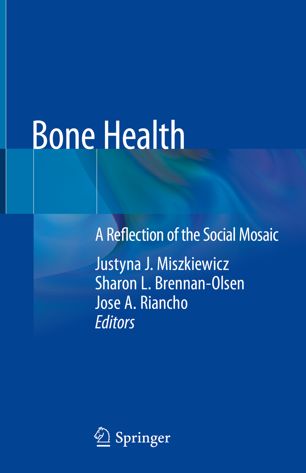

Most ebook files are in PDF format, so you can easily read them using various software such as Foxit Reader or directly on the Google Chrome browser.
Some ebook files are released by publishers in other formats such as .awz, .mobi, .epub, .fb2, etc. You may need to install specific software to read these formats on mobile/PC, such as Calibre.
Please read the tutorial at this link: https://ebookbell.com/faq
We offer FREE conversion to the popular formats you request; however, this may take some time. Therefore, right after payment, please email us, and we will try to provide the service as quickly as possible.
For some exceptional file formats or broken links (if any), please refrain from opening any disputes. Instead, email us first, and we will try to assist within a maximum of 6 hours.
EbookBell Team

0.0
0 reviewsThis multidisciplinary book addresses three lines of evidence (medieval, contemporary, and epigenetic) regarding the effect of human socio-economic status on bone health. It provides an overview of the extent to which human social background affects adult bone quality and quantity, and makes recommendations for future skeletal biology research into lifestyle-related musculoskeletal disorders.
The book is divided into three major parts, the first of which discusses bone and dental health in medieval human skeletal remains from distinct socio-economic status groups. In turn, Part 2 reviews bone health in contemporary human populations with a range of social backgrounds; in addition, a conceptual model proposing a social gradient of osteoporosis and fracture risk related to biological mechanisms and cumulative stressors throughout the human lifecycle is presented. Lastly, Part 3 highlights the role of epigenetics in socially patterned risk factors for skeletal disorders, and discusses how epigenetic mechanisms transduce the psychosocial environment and increase the risk of developing conditions such as osteoporosis.
Overall, the book highlights the importance of considering the social-biological nexus in future skeletal biology research and future treatment of bone disease. Increased awareness of this nexus can potentially improve individual and population-level bone health interventions, reducing the social inequities observed in fracture risk.
Given its scope, the book offers a valuable resource for researchers, academics, and students in the fields of medicine, epidemiology, the health sciences, biological anthropology, human anatomy and adaptation, developmental studies of human societies, human biology, and any field concerning musculoskeletal disorders and health. It will also benefit clinical practitioners evaluating osteoporosis, osteopenia, fracture risk, bone quality and quantity.